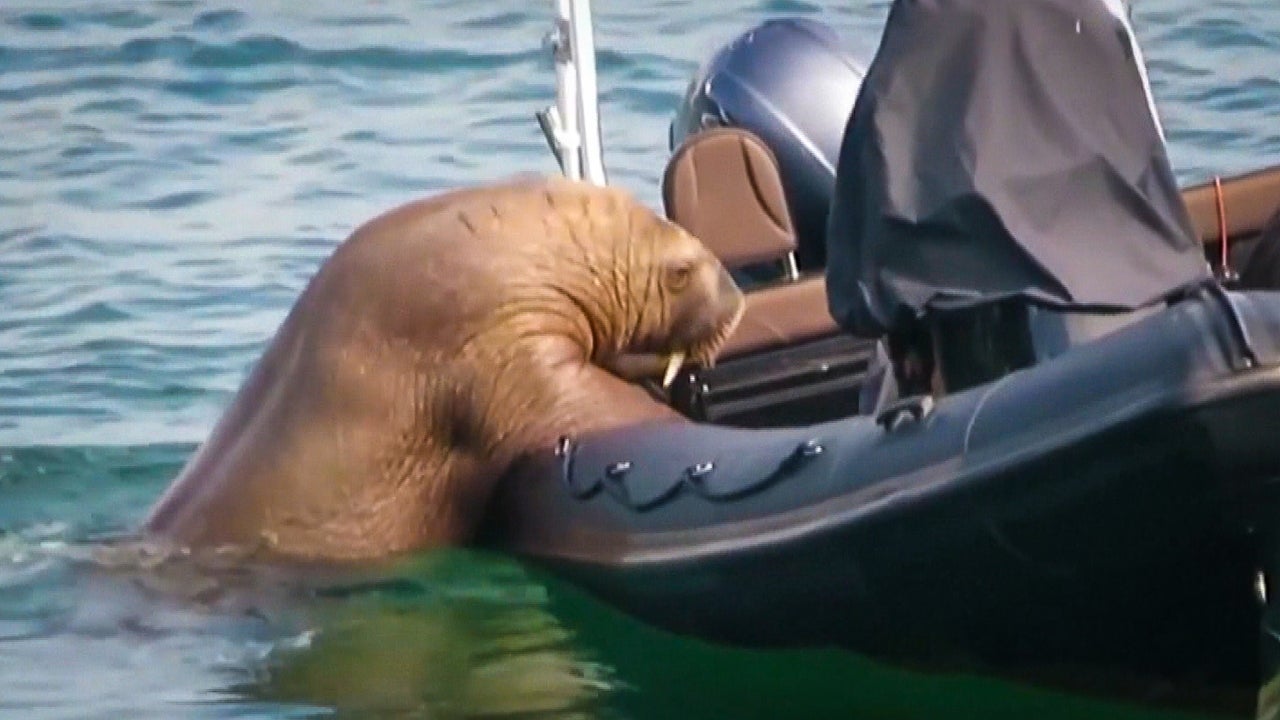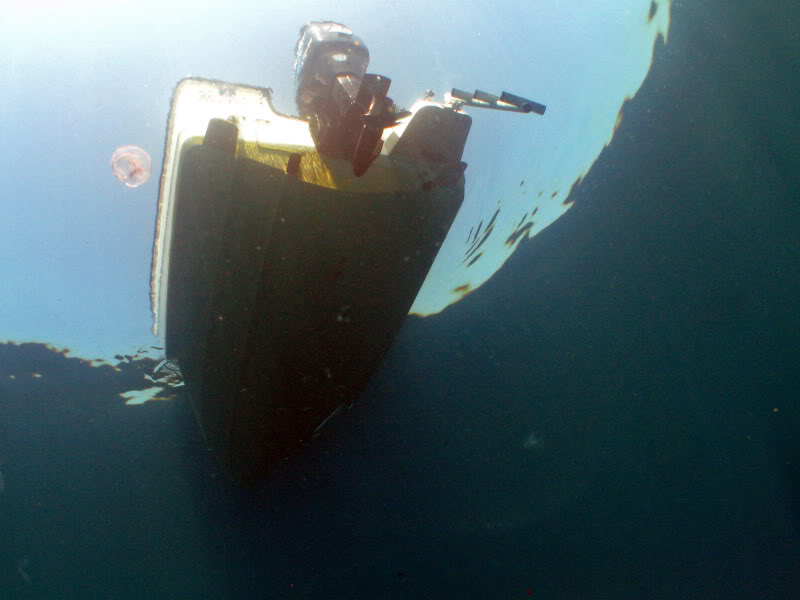Stoo
Contributor
- Messages
- 3,500
- Reaction score
- 3,789
- # of dives
- 5000 - ∞
There are all kinds of threads here about diving from larger "charter" boats, but not a lot about diving from a smaller boat. As someone who often takes friends out on my 20' RHIB *rigged-hull inflatable", I thought I'd offer a few tips on what works best.
With smaller boats, let's say under 20', there are three areas to be aware of. Lack of space, possible lack of stability of the boat, and weight.
Obviously, small boats come in lots of flavours. a 19' pontoon boat is a very different thing than a 19' "fishing boat" or a boat like mine, so take these tips with a grain of salt...
Lack of space
All smaller boats, with the possible exception of pontoon boats, suffer from lack of space. My best advice is to talk to the boat owner about what and how to pack. For many years, I dove from 13' - 15' inflatables. We could fit 5 good-size dudes in, but often is made sense to at least get partially suited up on the dock, wet/dry suits on, but the rest of the gear should be assembled, tested and ready to go before being loaded on board. Bear in mind the a drysuit that's only half on, or on, but not zipped pose a serious risk if you fall out the boat.
Extra stuff should be in soft bags... perhaps a small drybag. But if you don't need it, don't take it.
What you should definitely skip are things like milk-crates with only your fins or maybe fins and your weight belt in it. Anything you don't need to dive should be left behind, and what does go, needs to be stuffable.
Lack of stability
This is wear the type of boat comes in to play. A pontoon boat is very stable and roomy, but they aren't suited for big water. My RHIB is extremely stable, but definitely lacking in space. Small "fishing boats" don't have tons of room nor are they especially stable.
This is another reason to be asking the operator how and where they want you and your gear located. Also discuss entering the water from the boat, and even more importantly, getting back in to the boat. Not all small boats have ladders and very few have "dive platforms". In my case, I don't use a ladder. Falling out of the boat is easy because of the exceptional stability, but getting out requires some tricks. I leave lines with bolt-snaps hanging over the side. Returning divers remove their weight belts and either clip them off, or hand them to the boat tender. Tanks and BCDs/Wings are removed in the water (after inflating the BCD), clipped off, and left floating until later. We just haul ourselves in over the tubes.
With a small aluminum fishing boat, "hauling out" over the side may make for severe tipping of the boat, so use the operator or another diver in the boat as a counter-weight, on the opposite side of the boat.
Weight
Unlike a car or truck, weight really dramatically effects the performance of a boat. This applies to both the absolute weight as well as where it's located. The operator may ask for weightbelts to be moved to the bow for example to help get the boat on plane.
Avoid unnecessary items, especially if they're heavy. Don't bring that stage bottle if you don't plan on using it. Leave that can light behind...
Each boat operator will know what works best so talk to them before you start loading.
With smaller boats, let's say under 20', there are three areas to be aware of. Lack of space, possible lack of stability of the boat, and weight.
Obviously, small boats come in lots of flavours. a 19' pontoon boat is a very different thing than a 19' "fishing boat" or a boat like mine, so take these tips with a grain of salt...
Lack of space
All smaller boats, with the possible exception of pontoon boats, suffer from lack of space. My best advice is to talk to the boat owner about what and how to pack. For many years, I dove from 13' - 15' inflatables. We could fit 5 good-size dudes in, but often is made sense to at least get partially suited up on the dock, wet/dry suits on, but the rest of the gear should be assembled, tested and ready to go before being loaded on board. Bear in mind the a drysuit that's only half on, or on, but not zipped pose a serious risk if you fall out the boat.
Extra stuff should be in soft bags... perhaps a small drybag. But if you don't need it, don't take it.
What you should definitely skip are things like milk-crates with only your fins or maybe fins and your weight belt in it. Anything you don't need to dive should be left behind, and what does go, needs to be stuffable.
Lack of stability
This is wear the type of boat comes in to play. A pontoon boat is very stable and roomy, but they aren't suited for big water. My RHIB is extremely stable, but definitely lacking in space. Small "fishing boats" don't have tons of room nor are they especially stable.
This is another reason to be asking the operator how and where they want you and your gear located. Also discuss entering the water from the boat, and even more importantly, getting back in to the boat. Not all small boats have ladders and very few have "dive platforms". In my case, I don't use a ladder. Falling out of the boat is easy because of the exceptional stability, but getting out requires some tricks. I leave lines with bolt-snaps hanging over the side. Returning divers remove their weight belts and either clip them off, or hand them to the boat tender. Tanks and BCDs/Wings are removed in the water (after inflating the BCD), clipped off, and left floating until later. We just haul ourselves in over the tubes.
With a small aluminum fishing boat, "hauling out" over the side may make for severe tipping of the boat, so use the operator or another diver in the boat as a counter-weight, on the opposite side of the boat.
Weight
Unlike a car or truck, weight really dramatically effects the performance of a boat. This applies to both the absolute weight as well as where it's located. The operator may ask for weightbelts to be moved to the bow for example to help get the boat on plane.
Avoid unnecessary items, especially if they're heavy. Don't bring that stage bottle if you don't plan on using it. Leave that can light behind...
Each boat operator will know what works best so talk to them before you start loading.







